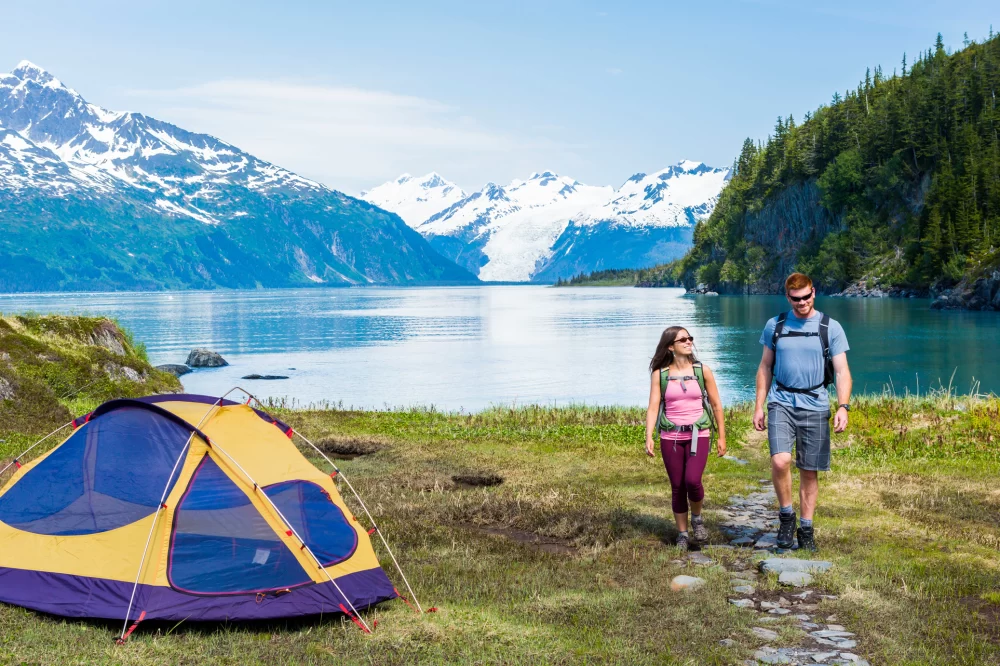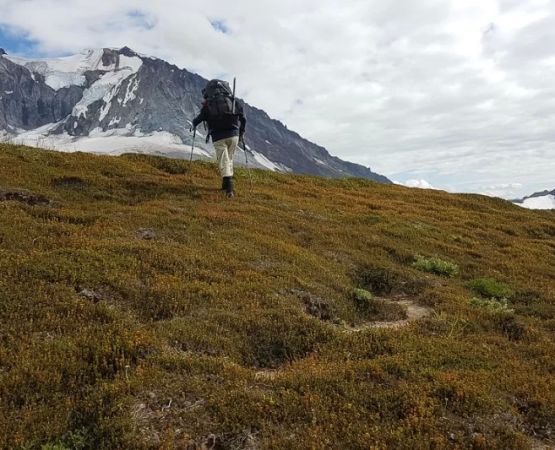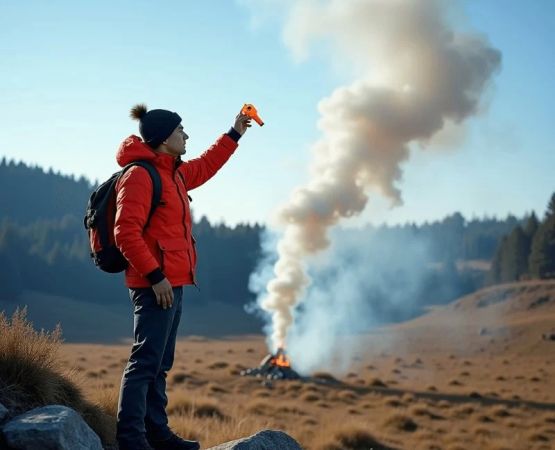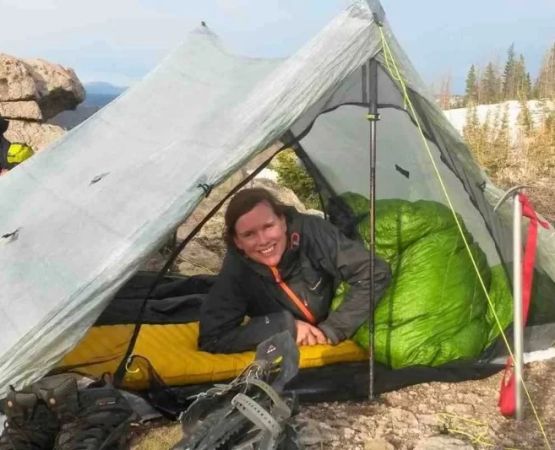- Accessible Hiking Trails in the USA: Making Nature Inclusive
- Adaptive Camping Gear for Comfort and Safety
- Personal Stories and Real Experiences Enhancing Outdoor Inclusion
- Finding the Best Accessible Hiking and Camping Resources
Accessible Hiking Trails in the USA: Making Nature Inclusive
In recent years, the movement toward accessible hiking and camping in the USA has grown significantly, transforming outdoor activities into experiences that everyone can enjoy. Accessibility in outdoor recreation means more than just wheelchair ramps; it’s about creating inclusive environments that accommodate diverse physical abilities while preserving the beauty and challenge of nature.
Many national and state parks now offer accessible trails designed with smooth surfaces, gentle inclines, and well-maintained paths suitable for wheelchairs and those with mobility challenges. For example, the Trail of Tears State Park in Tennessee features several accessible trails that blend natural beauty with ease of use. Another great example is the Everglades National Park, where boardwalks provide wheelchair users a chance to experience unique ecosystems firsthand.
Accessible hiking in the USA isn’t just about the terrain; it also includes thoughtful amenities such as accessible restrooms, parking spaces close to trailheads, and resting spots along the routes. These features are crucial for making the hiking experience comfortable and safe for everyone.
Design Considerations for Accessibility
When parks design accessible trails, factors such as surface material, trail width, and gradient are carefully planned. Trails often have compacted gravel, asphalt, or wooden boardwalks to provide firm footing. Also, information boards in braille and audio guides are increasingly available to help those with visual impairments engage fully with the environment.
Adaptive Camping Gear for Comfort and Safety
Accessible hiking and camping also rely heavily on adaptive equipment that makes outdoor adventures manageable and enjoyable. From specially designed tents to mobility aids tailored for rugged terrain, the right gear transforms camping from a daunting task into an achievable adventure.
Adaptive camping gear includes everything from lightweight, easy-to-assemble tents with extra-large doors to accommodate wheelchairs, to portable ramps and adaptive sleeping systems that ensure comfort and reduce pressure points. Moreover, adaptive hiking equipment such as trekking poles with ergonomic grips and off-road wheelchairs enhance mobility on various terrains.
Choosing the Right Equipment
For anyone planning accessible hiking and camping trips, consulting professionals or specialty stores is invaluable. For instance, Pine Cliff Resort offers a curated selection of adaptive camping gear and personalized advice to help campers find the best products suited to their needs. Whether it’s selecting a tent with additional accessibility features or adaptive hiking boots, professional guidance ensures safety and enjoyment.
Personal Stories and Real Experiences Enhancing Outdoor Inclusion
Stories from adventurers who use adaptive hiking and camping equipment bring the subject to life, illustrating both the challenges and joys of accessible outdoor activities. Take the case of Mike, a veteran who lost mobility in his legs but found renewed passion in hiking thanks to adaptive gear and inclusive trails. His story highlights how accessible hiking transforms not just physical experiences but mental well-being as well.
Another inspiring example is the annual inclusive camping events organized in several national parks. These gatherings bring together people of varying abilities to share knowledge, encourage participation, and foster a supportive community. Such events emphasize that accessible hiking and camping are about building connections, empowerment, and experiencing nature without barriers.
Overcoming Challenges Through Community Support
Engagement in these communities often leads to innovative solutions. For example, adaptive campers have developed techniques to navigate steep inclines safely or set up campsites that accommodate different needs. This exchange of knowledge strengthens the accessibility movement and encourages continual improvements in gear and trail design.
Finding the Best Accessible Hiking and Camping Resources
For those eager to explore accessible hiking and camping opportunities, finding reliable information and quality gear is essential. Websites and local organizations dedicated to accessible outdoor activities can provide up-to-date trail guides, accessibility ratings, and expert advice.
Pine Cliff Resort stands out as a trusted resource, offering a broad range of adaptive hiking and camping equipment along with personalized service to ensure visitors find the perfect match for their adventures. Beyond products, Pine Cliff Resort also provides tips and educational content to help outdoor enthusiasts of all abilities plan safe and memorable trips.
Planning Your Trip with Accessibility in Mind
When planning an accessible hiking or camping trip, consider these key steps: research trail accessibility thoroughly, choose appropriate adaptive gear, prepare for weather and terrain conditions, and connect with local resources like Pine Cliff Resort for support. Such preparation not only enhances safety but also maximizes enjoyment and freedom in the great outdoors.
Embracing accessible hiking and camping in the USA opens the door to nature for countless individuals, breaking down barriers and fostering inclusive adventure. Whether you’re a seasoned adaptive camper or just beginning to explore accessible outdoor activities, there are abundant options and supportive communities ready to welcome you.







